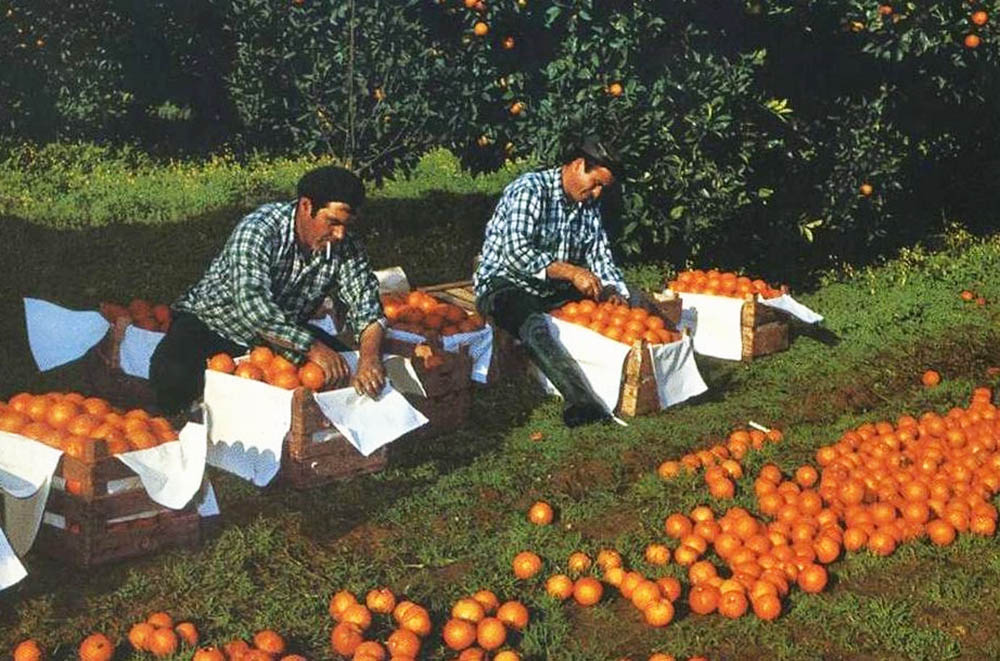 The orange is, these days, highlighted in Silves, at the 2nd exhibition of that emblematic fruit of the Algarve. That city in Barlaventina is currently the largest orange producer in the region, but that was not always the case.
The orange is, these days, highlighted in Silves, at the 2nd exhibition of that emblematic fruit of the Algarve. That city in Barlaventina is currently the largest orange producer in the region, but that was not always the case.
In June 1863, the civil governor of Faro Albino Freire Figueiredo asked each municipality in the district for information regarding the harvest of oranges and lemons that year, that is, quantities produced (broken down by domestic consumption and exports), price and observations.
Instructions that allow us, today, to know a little of the reality of that time, not without some constraints, from the outset the way of quantifying production. If nowadays quantity is synonymous with tons (mass), at that time the unit of measurement used was the thousand (thousand units).
Thus, according to the data collected at that time, in this survey 155 years ago, in the regional context, 9769,4 thousand oranges were collected, the largest producer being the municipality of Faro, with 3754 thousand, 38,4% of the total, then Olhão, with 1791 thousand (18,3%), Monchique 1200 thousand (12,3%) and Loulé 1110 thousand (11,3%).
It was followed by Tavira, with 610 thousand (6,2%), Castro Marim 386 thousand (3,9%), Silves 318 thousand (3,2%), Vila Real de Santo António 260 thousand (2,6%) and Aljezur 180,4 thousand (1,8%).
In turn, and in descending order, there were the municipalities of Albufeira, Alcoutim, Portimão and Lagos, all below 100 thousand thousand (production less than 1%), while Vila do Bispo had no production at all.
The municipality of Silves, which in 1705 was already cultivating citrus fruit on the banks of the Arade, was thus the seventh largest orange producer in the Algarve, with Faro and Olhão at the front.
These figures would not be unrelated to the plain of the countryside of Faro, or the easy presence of water, extracted by Moorish daughters, two key factors for the cultivation of orange trees. Monchique and its numerous springs also allowed its cultivation, as in Castro Marim, next to the Guadiana.
As for the destination of the fruit, about 52% (5078 thousand thousand) were sold abroad (the countries were not mentioned), although only seven municipalities export.
The largest was Loulé, with approximately 84% of production (923 thousand), followed by Olhão 69% (1243 thousand), Silves 65% (206 thousand), Vila Real 56% (146 thousand), Monchique 50%, Tavira 49 % (300 thousand) and Faro with 44% (1654 thousand). From Aljezur, only the value produced in its entirety arrived (with the particularity of being broken down into hundreds), and in the municipalities of Albufeira, Alcoutim, Portimão and Lagos, the orange was only intended for internal consumption.
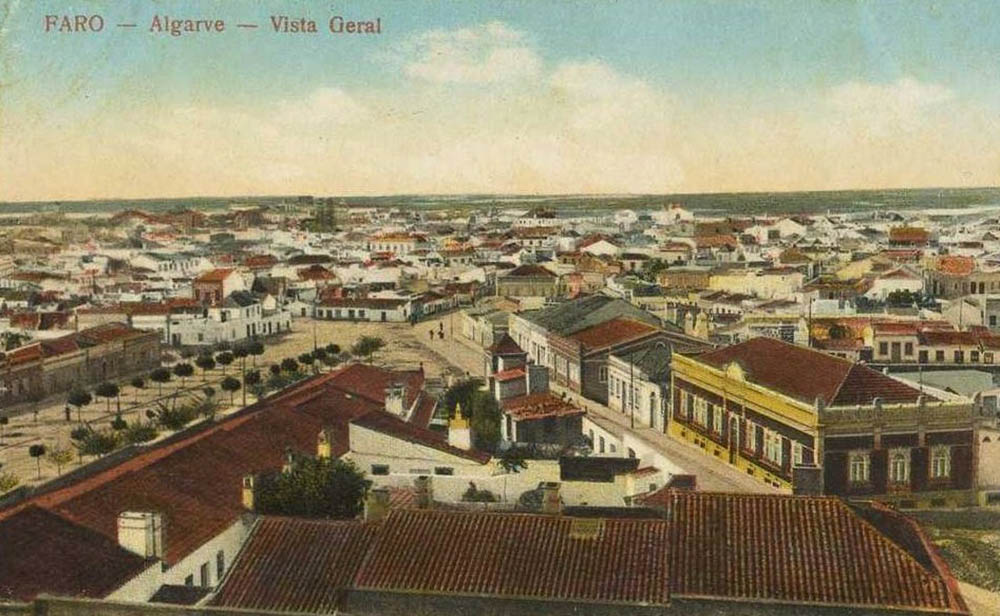
Regarding the average price per thousand, it varied between 1$200 réis and 5$000 réis, practiced in Olhão and Lagos, respectively.
Em Faro and Tavira, the price was the same, 2$000 réis per thousand, as in Loulé and Alcoutim, with 1$600 réis. In Monchique it was 3$500 réis, Silves 2$500 réis and in Vila Nova de Portimão, just to mention one more example, it was 2$400 réis.
The values practiced did not always reflect the law of supply and demand, nor the geographic proximity of the municipalities...
With regard to lemon, the regional production was 779,1 thousand, a quantity far below the orange harvest. The primacy fell, once again, to the Faro, with 357 thousand (46%), followed by Monchique with 150 thousand (19%), Olhão 109 thousand (14%) and Tavira 78 thousand (10%).
Silves, in turn, harvested 47 thousand (6%), Loulé 16 thousand (2%) and Castro Marim 10 thousand (1%). With a production of less than 1%, the municipalities of Vila Real 5 thousand, Albufeira 4 thousand, Lagos 2 thousand and Aljezur 1,1 thousand stood out. Portimão, Vila do Bispo and Alcoutim did not have any harvest.
Unlike oranges, lemons were mainly intended for domestic consumption, at around 55%. Only Faro, with 227 thousand, Monchique 75 thousand and Tavira with 50 thousand, shipped lemons abroad.
In terms of average price, the lowest value per thousand was 1$500 réis charged in Olhão, while the highest was 4$000 réis in Vila Real and Lagos. In Faro, Monchique and Tavira the price was 2$000 réis, while in Silves, Castro Marim and Albufeira it was 3$000, 3$800 and 3$360 réis, respectively. Finally, in Loulé it was worth 1$920 réis.
In the following years, the cultivation of lemon trees spread to all counties. For example, in 1872, only in Vila do Bispo there was still no production, in the others the lemon harvest was a reality.
In the Algarve, 1 thousand were then produced, double the harvest of 447. The orange tree also progressed, having harvested 1863 13 thousand oranges in 581.
Despite this rapid growth, citrus cultivation would experience some regression in the following decades. In 1915, Mário Cunha Fortes lamented that the orange groves, “once very flourishing and which constituted one of the good wealth of the Algarve”, had declined in the last 30 years, presenting, then, a very limited production.
A pest (gumosis) had almost decimated the trees and exports, which reached 500 contos de réis, in 1914 were just over 3 contos.
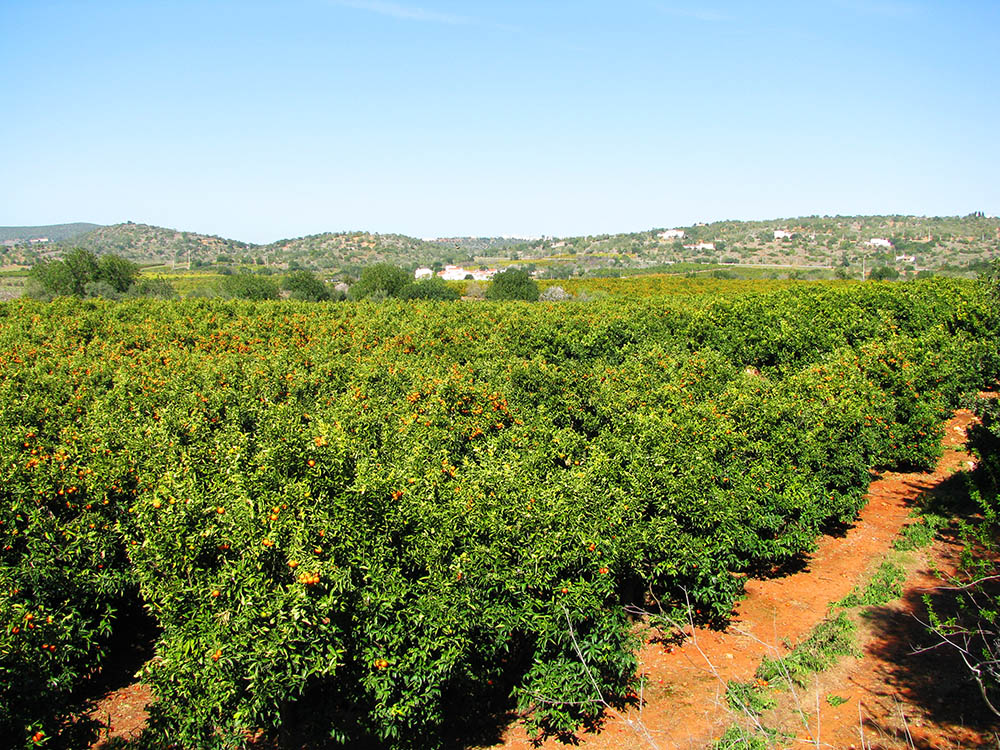
It is in the mid-twentieth century, after the inauguration, on May 28, 1956, of the Arade dam, along with the irrigation perimeter of Silves, Lagoa and Portimão, with an area of 1900 hectares, that citrus groves know enormously. growth in these counties.
On the other hand, in the following decade, the advent of artesian boreholes made it possible to cultivate them in areas, until then, exclusively of dry land, to which new hydro-agricultural uses in the region were added, such as Odiáxere, Sotavento, etc.
However, if 155 years ago it was possible to know the production of citrus fruit in each municipality, obviously highly estimated, we add, in 2018, such information does not exist. The Algarve Regional Directorate for Agriculture and Fisheries does not have these elements, despite mentioning that the largest productions occur in the municipalities of Silves and Tavira. INE, on the other hand, only makes available the quantity of citrus fruits in the district, and this data is not disaggregated by county.
Thus, in 2016, according to data from INE, the region produced 252 797 tons of oranges and 7 tons of lemons.
In order to establish an easier parallel with the figures from 1863, if we consider the average mass of an orange in 185 grams, the Algarve will have produced 1 366 470 thousand oranges in 2016.
The lemons, considering an average mass of 60 grams, will have been harvested in the district 131 200 thousand of that fruit.
Based on this supposed conversion, the Algarve currently produces 140 times more oranges and 168 times more lemons than it harvested in 1863. In the national context, the Algarve produced, in 2016, around 86% of the oranges and 51% of the lemons harvested in Portugal.
High quality citrus fruit that today, as in the past, raises the name of the region in the country and beyond.
Thanks: National Institute of Statistics - Communication Service

Author Aurélio Nuno Cabrita is an environmental engineer and researcher of local and regional history, as well as a regular collaborator of the Sul Informação
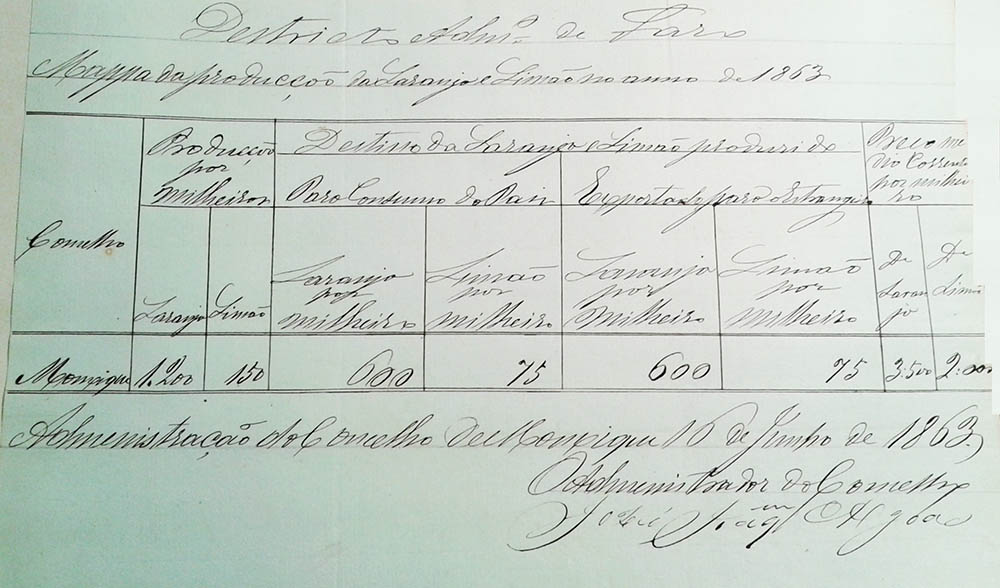
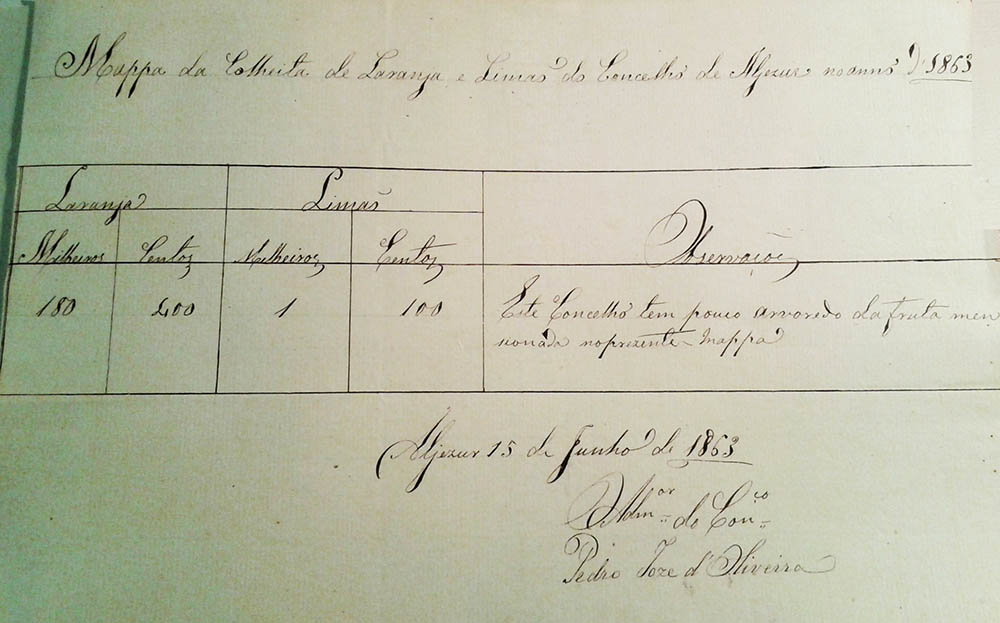


















Comments